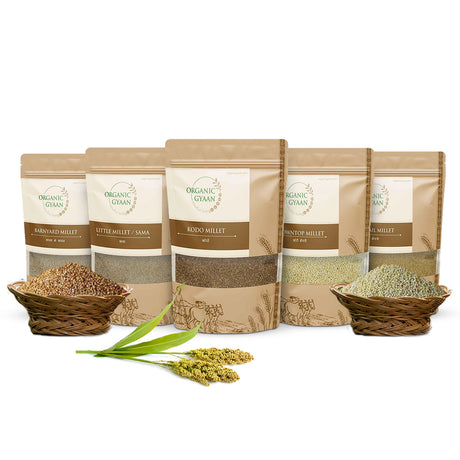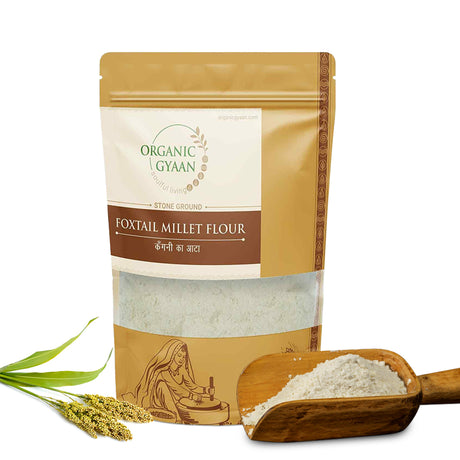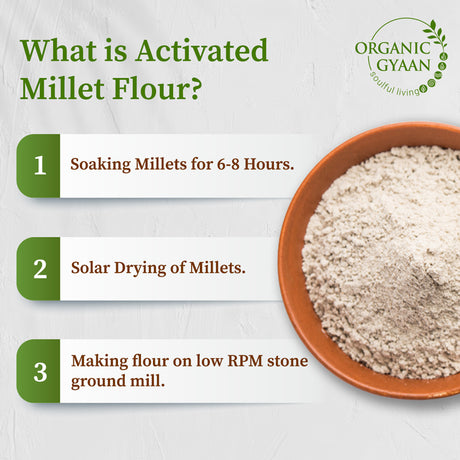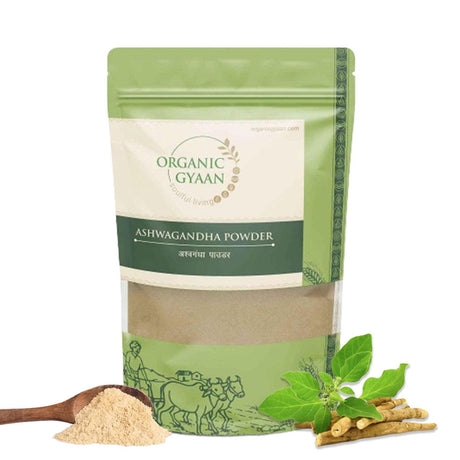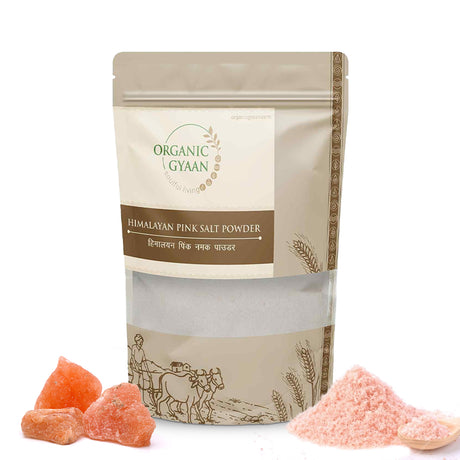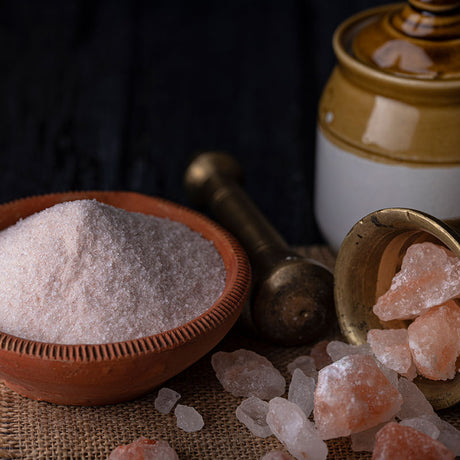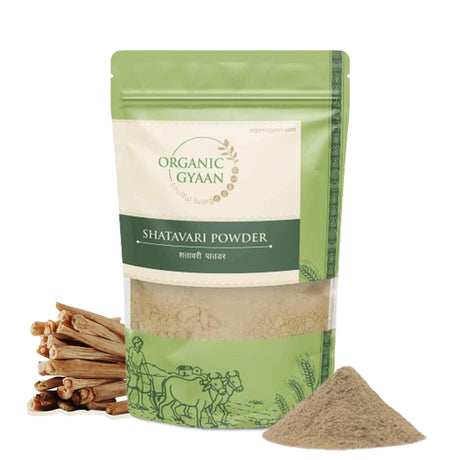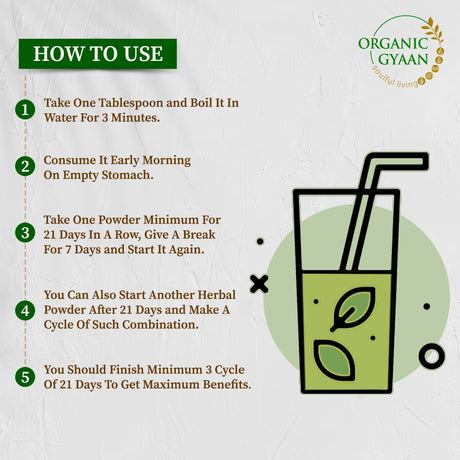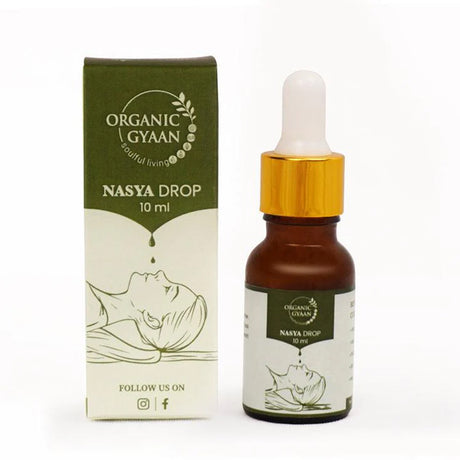क्या आप जानते हैं कि गंभीर हाइपोग्लाइसीमिया (निम्न रक्त शर्करा) भ्रम, दौरे और दुर्लभ मामलों में, यहाँ तक कि चेतना की हानि का कारण बन सकता है? अमेरिकन डायबिटीज एसोसिएशन के अनुसार, मधुमेह से पीड़ित लगभग 3 में से 1 व्यक्ति किसी न किसी समय हाइपोग्लाइसीमिया का अनुभव करता है, लेकिन यह स्थिति गैर-मधुमेह रोगियों में भी हो सकती है।
अगर आपको कभी भी काँपते, पसीने से तर या अचानक बहुत भूख लगी हो, तो हो सकता है कि यह सिर्फ़ थकान या तनाव से ज़्यादा कुछ हो - ये हाइपोग्लाइसीमिया के लक्षण हो सकते हैं। हाइपोग्लाइसीमिया क्या है, निम्न रक्त शर्करा के लक्षणों को पहचानना और इसे प्राकृतिक रूप से नियंत्रित करने का तरीका जानना आपके स्वास्थ्य में बड़ा बदलाव ला सकता है।
हाइपोग्लाइसीमिया क्या है?
हाइपोग्लाइसीमिया का मतलब है कि आपके रक्त शर्करा का स्तर सामान्य से नीचे गिर जाता है। ज़्यादातर लोगों के लिए, यह 70 mg/dL से कम होता है। चूँकि ग्लूकोज़ आपके शरीर, खासकर मस्तिष्क के लिए, ऊर्जा का मुख्य स्रोत है, इसलिए इसका निम्न स्तर आपकी भावनाओं और कार्यप्रणाली को तेज़ी से प्रभावित कर सकता है।
यद्यपि हाइपोग्लाइसीमिया को अक्सर मधुमेह के उपचार से जोड़ा जाता है, लेकिन यह कुछ स्वास्थ्य स्थितियों, दवाओं या यहां तक कि भोजन छोड़ने जैसी जीवनशैली की आदतों के कारण भी हो सकता है।
हाइपोग्लाइसीमिया के संकेत और लक्षण
हाइपोग्लाइसीमिया के लक्षणों को जल्दी पहचानने से इसे गंभीर होने से रोकने में मदद मिल सकती है। निम्न रक्त शर्करा के सामान्य लक्षणों में शामिल हैं:
- हिलना या कांपना
- पसीना आना
- अत्यधिक भूख
- तेज़ दिल की धड़कन
- चक्कर आना या हल्कापन
-
चिंता या चिड़चिड़ापन
यदि रक्त शर्करा में गिरावट जारी रहती है, तो अधिक गंभीर लक्षण विकसित हो सकते हैं:
- धुंधली दृष्टि
- भ्रम या ध्यान केंद्रित करने में परेशानी
- अस्पष्ट भाषण
- बरामदगी
-
होश खो देना
यह महत्वपूर्ण है कि इन निम्न रक्त शर्करा के लक्षणों को नजरअंदाज न किया जाए - खासकर यदि वे बार-बार होते हों।
हाइपोग्लाइसीमिया का क्या कारण है?
निम्न रक्त शर्करा के कई कारण हो सकते हैं। मूल कारण को समझने से इस स्थिति को रोकने में मदद मिलती है।
1. दवाएं
कुछ मधुमेह की दवाइयां, विशेष रूप से इंसुलिन या सल्फोनीलुरिया, यदि भोजन या गतिविधि के साथ संतुलित नहीं की जाती हैं, तो ग्लूकोज को बहुत अधिक कम कर सकती हैं।
2. भोजन छोड़ना या देरी करना
जब आप लंबे समय तक कुछ नहीं खाते हैं, तो आपके शरीर में ऊर्जा के लिए आवश्यक ग्लूकोज समाप्त हो जाता है, जिससे कमजोरी आ जाती है।
3. गहन व्यायाम
व्यायाम ईंधन के रूप में ग्लूकोज़ जलाता है। व्यायाम से पहले या बाद में पर्याप्त कार्बोहाइड्रेट न लेने पर, आपको हाइपोग्लाइसीमिया का अनुभव हो सकता है।
4. शराब का सेवन
शराब पीने से, विशेष रूप से खाली पेट, आपके यकृत द्वारा संग्रहित ग्लूकोज को छोड़ने में बाधा उत्पन्न हो सकती है।
5. चिकित्सा स्थितियां
कुछ स्थितियाँ, जैसे यकृत रोग, गुर्दे की समस्याएँ, या हार्मोनल असंतुलन, बार-बार हाइपोग्लाइसीमिया का कारण बन सकती हैं।
हाइपोग्लाइसीमिया के लिए प्राकृतिक उपचार और जीवनशैली संबंधी सुझाव
हाइपोग्लाइसीमिया को नियंत्रित करने का मतलब सिर्फ़ लक्षण दिखने पर मीठे स्नैक्स खाना नहीं है। सही जीवनशैली और प्राकृतिक उपायों से आप अपने रक्त शर्करा के स्तर को स्थिर रख सकते हैं।
1. थोड़ा-थोड़ा, बार-बार भोजन करें
तीन बार ज़्यादा खाने के बजाय, दिन भर में 5-6 बार थोड़ा-थोड़ा खाना खाने की कोशिश करें। ग्लूकोज़ को स्थिर रखने के लिए प्रोटीन और स्वस्थ वसा के साथ-साथ बाजरा , क्विनोआ और फलियाँ जैसे जटिल कार्बोहाइड्रेट भी शामिल करें।
2. फाइबर युक्त खाद्य पदार्थ शामिल करें
फाइबर चीनी के अवशोषण को धीमा करता है और ऊर्जा के स्तर को स्थिर रखता है। अपने आहार में चिया बीज , अलसी के बीज, पत्तेदार सब्ज़ियाँ और ओट्स शामिल करें।
3. प्राकृतिक मिठास का प्रयोग करें
अगर आपको तुरंत ऊर्जा की ज़रूरत है, तो रिफाइंड चीनी से परहेज़ करें। इसके बजाय, ऑर्गेनिक गुड़ , स्टीविया पाउडर , कच्चा शहद या खजूर पाउडर चुनें, जो बिना किसी अचानक उतार-चढ़ाव के प्राकृतिक ऊर्जा प्रदान करते हैं।
4. हाइड्रेटेड रहें
निर्जलीकरण निम्न रक्त शर्करा के लक्षणों को और बिगाड़ सकता है। दिन भर पानी पीते रहें और मीठे पेय पदार्थों से बचें। हर्बल चाय बेहतरीन प्राकृतिक विकल्प हैं।
5. आयुर्वेदिक और हर्बल उपचार जोड़ें
कुछ जड़ी-बूटियाँ ग्लूकोज संतुलन को बनाए रखने में सहायक हो सकती हैं:
- मोरिंगा पाउडर - इंसुलिन के कार्य में सुधार हो सकता है।
- आंवला पाउडर - एंटीऑक्सीडेंट से भरपूर, चयापचय को विनियमित करने में मदद करता है।
- नीम पाउडर - स्वस्थ रक्त शर्करा संतुलन का समर्थन करता है।
-
जामुन बीज पाउडर - ग्लूकोज विनियमन के लिए पारंपरिक आयुर्वेदिक उपाय।
ये अक्सर प्राकृतिक रक्त शर्करा प्रबंधन पैक में पाए जाते हैं जो कई जड़ी-बूटियों के लाभों को मिलाते हैं।
6. संतुलन व्यायाम
शारीरिक गतिविधि ज़रूरी है, लेकिन संतुलन भी ज़रूरी है। मध्यम गति से टहलना, योग और हल्का शक्ति प्रशिक्षण, ग्लूकोज़ के स्तर को बहुत कम किए बिना उसे नियंत्रित करने में मदद कर सकता है।
7. तनाव का प्रबंधन करें
कोर्टिसोल जैसे तनाव हार्मोन ग्लूकोज के नियमन को प्रभावित कर सकते हैं। तनाव को नियंत्रित करने और संतुलित ऊर्जा बनाए रखने के लिए ध्यान, श्वास व्यायाम या योग का प्रयास करें।
8. नाश्ता न छोड़ें
अपने दिन की शुरुआत पौष्टिक भोजन से करने से आपका ब्लड शुगर लेवल स्थिर रहता है। इसके विकल्पों में वेजिटेबल उपमा, मूंग दाल चीला या बाजरे का दलिया शामिल हैं।
निम्न रक्त शर्करा के लिए आपातकालीन उपाय
यदि आपको लक्षण महसूस हों तो तुरंत कार्रवाई करें:
- केला या सेब जैसे फल का थोड़ा सा हिस्सा खाएं
- एक गिलास पानी में 1 चम्मच ऑर्गेनिक गुड़ मिलाकर पिएं
-
मुट्ठी भर किशमिश या खजूर लें
अगली बार दुर्घटना से बचने के लिए हमेशा संतुलित भोजन या नाश्ता लें।
विज्ञान क्या कहता है
- जर्नल ऑफ क्लिनिकल एंडोक्रिनोलॉजी (2021): बार-बार छोटे भोजन से हाइपोग्लाइसीमिया-प्रवण व्यक्तियों में ग्लूकोज स्थिरता में सुधार होता है।
- मेयो क्लिनिक की रिपोर्ट: जामुन के बीज और नीम जैसी जड़ी-बूटियाँ दीर्घकालिक ग्लूकोज प्रबंधन में भूमिका निभा सकती हैं।
-
मधुमेह देखभाल अध्ययन (2019): प्रोटीन, फाइबर और कम-जीआई कार्बोहाइड्रेट युक्त संतुलित भोजन उच्च और निम्न रक्त शर्करा के उतार-चढ़ाव को कम करता है।
निष्कर्ष
हाइपोग्लाइसीमिया चिंताजनक लग सकता है, लेकिन सही जागरूकता और आदतों से इसे नियंत्रित किया जा सकता है। हाइपोग्लाइसीमिया के लक्षणों को जल्दी पहचानना, निम्न रक्त शर्करा के लक्षणों पर ध्यान देना और प्राकृतिक उपचारों पर ध्यान केंद्रित करना आपकी ऊर्जा को स्थिर रखने और आपके स्वास्थ्य की रक्षा करने में मदद कर सकता है।
छोटे-छोटे दैनिक परिवर्तन - संतुलित भोजन से लेकर मोरिंगा, आंवला, नीम और जामुन के बीज के पाउडर जैसे प्राकृतिक उपचारों को शामिल करने तक - बड़ा अंतर ला सकते हैं।
अगर आपको बार-बार दौरे पड़ते हैं, तो अपने डॉक्टर से सलाह लें और चिकित्सीय सलाह के साथ प्राकृतिक जीवनशैली के नियमों का पालन करें। आज अपने स्वास्थ्य का ध्यान रखने से आपको भविष्य में होने वाली जटिलताओं से बचने में मदद मिल सकती है।

